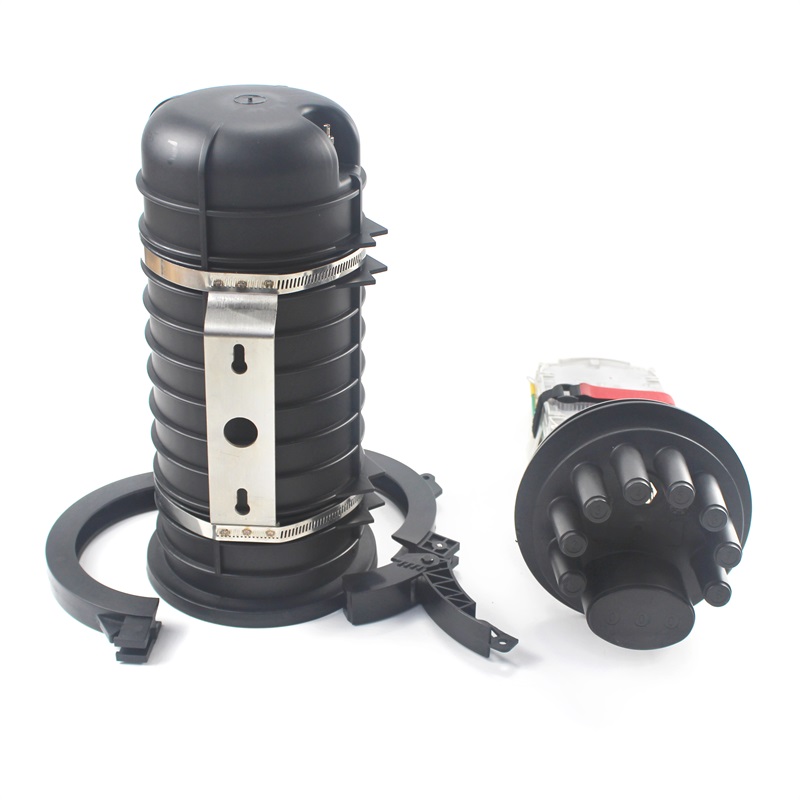Fiber optic splice closure is a critical component in telecommunications networks, facilitating the connection and protection of fiber optic cables. These closures play a crucial role in ensuring seamless data transmission by providing a secure environment for splicing and storing optical fibers.
One of the key benefits of fiber optic splice closures is their ability to protect optical fibers from environmental factors such as moisture, dust, and extreme temperatures. By creating a sealed enclosure, these closures prevent signal degradation and maintain the integrity of the network connection.
Furthermore, fiber optic splice closures enable efficient fiber management and organization within a network infrastructure. With various sizes and configurations available, these closures can accommodate different numbers of fiber strands, making them versatile for a wide range of network applications.
In addition to protecting and organizing optical fibers, splice closures also simplify network maintenance and repairs. By allowing easy access to the fiber splice points, technicians can quickly identify and address any issues that may arise, minimizing downtime and ensuring uninterrupted connectivity.
Overall, fiber optic splice closures are indispensable for ensuring reliable and high-performance network connectivity. Their ability to protect, organize, and facilitate maintenance of optical fibers makes them essential components in modern telecommunications infrastructure.
In conclusion, the implementation of fiber optic splice closures is crucial for maintaining the efficiency and reliability of fiber optic networks. As technology continues to advance, the demand for seamless connectivity will only increase, further underscoring the importance of these essential network components.
Post time: Jun-03-2024

